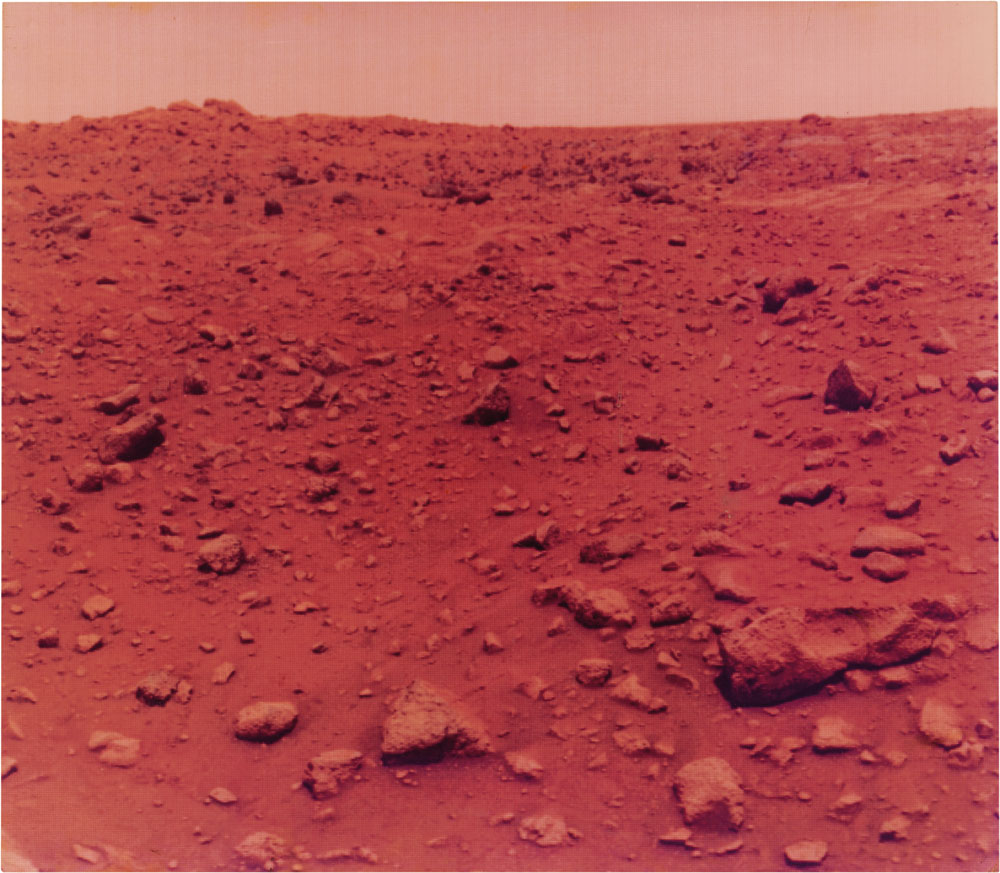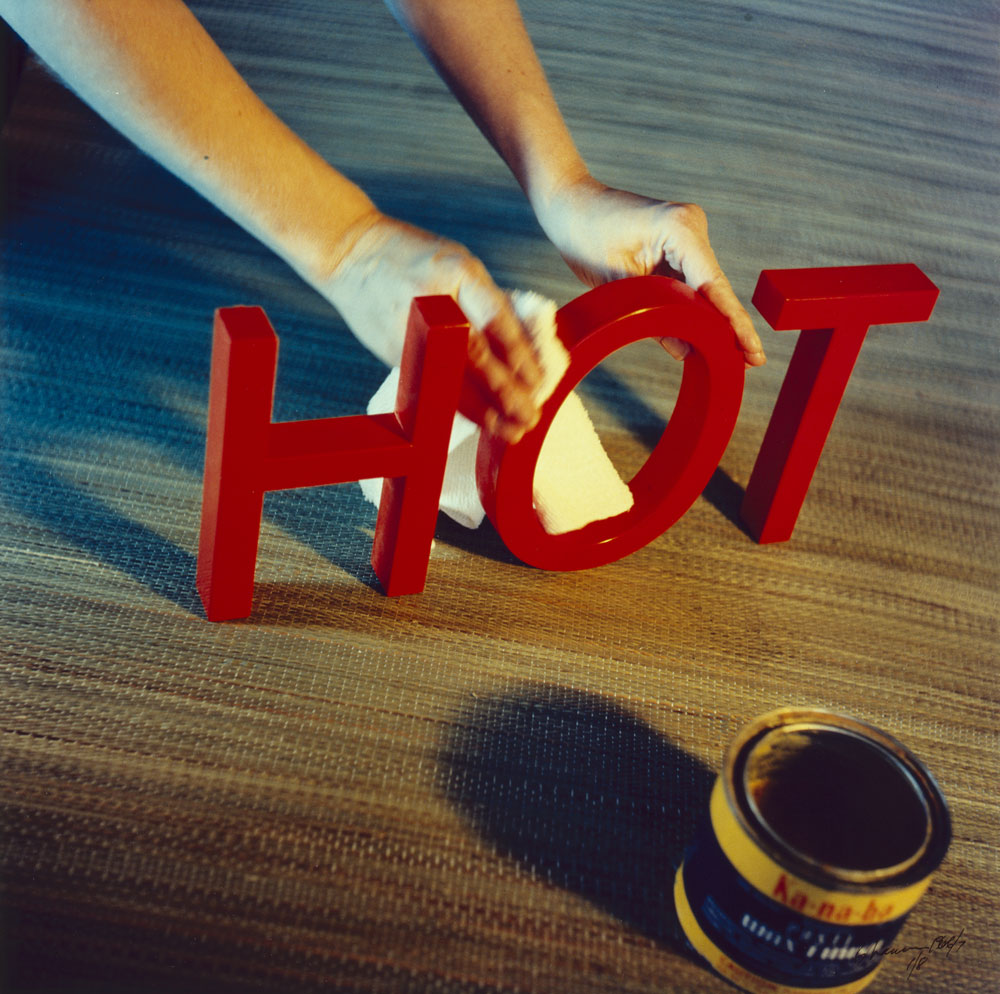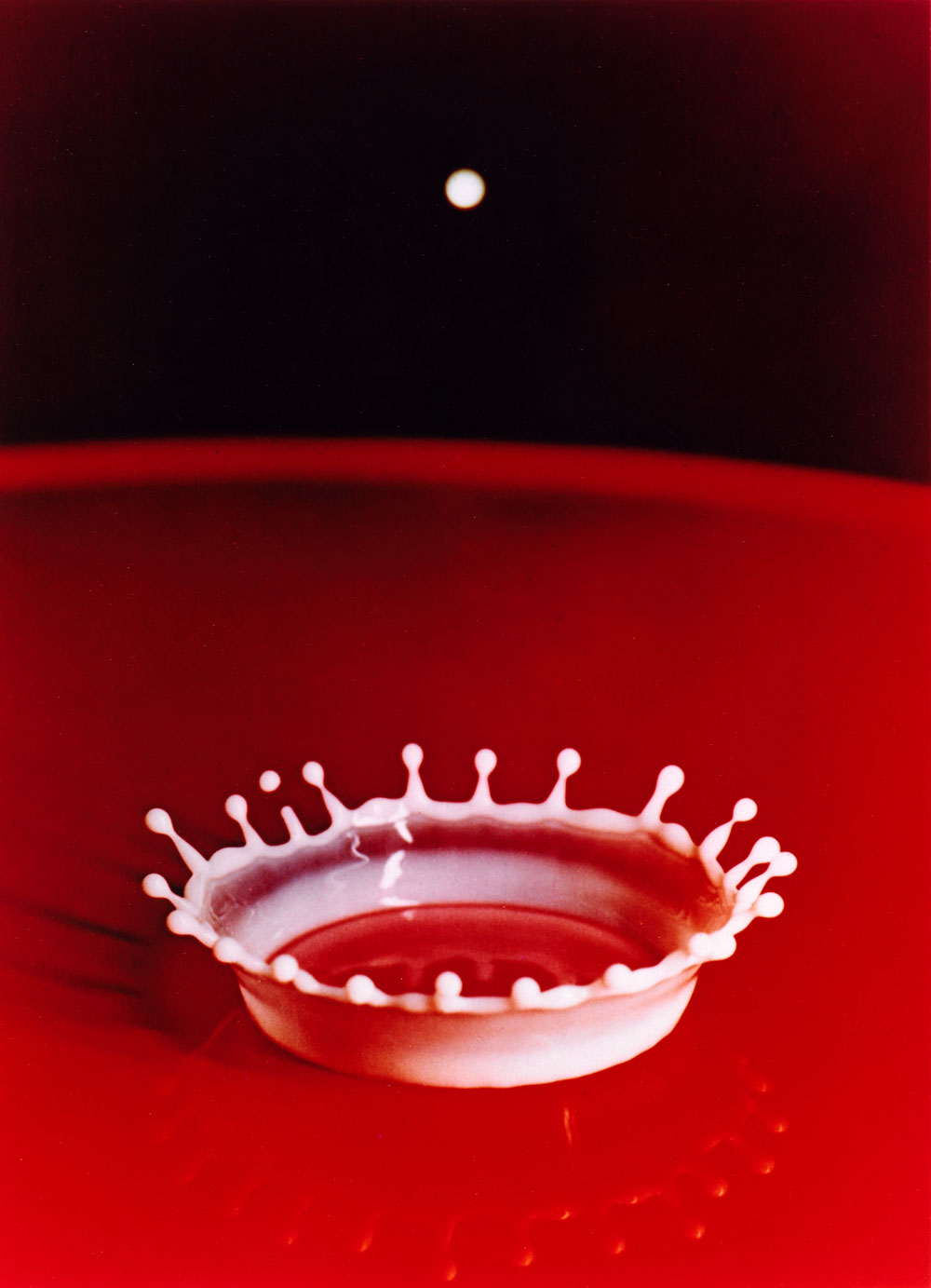Pandora's Box
Musée d’art moderne de la ville de Paris, France
Musée d’art moderne de la ville de Paris, France

This spring at the Musée d’art moderne, the Dutch artist and photographer Jan Dibbets was invited to ‘take a fresh look’ at the history of photography; the resultant show is a dynamic reshuffling of works in relation to each other. Arguably, the strongest strand is the first section, which concentrates on photography’s evolution from technique to art form. The work veers from the micro to the macro: from infinitesimal images of plant life to photographs of the stars, and therefore of infinity itself.

But the exhibition’s curatorial approach quickly yields to categorization: scientific photography, photographic experiments and objects. One of the most striking works in this respect is NASA’s Surveyor 7 Moon Surface Day 022 (1968), a photocollage which attempts to catalogue, on this particular day, the landscape of moon sector 13H4, in 114 small photographs. You can’t see much, aside from the craggy surface; the way the photographs are displayed in 19 rows seems an attempt to compensate for the flatness of the photo paper, and therefore its ultimate failure to accurately represent the moon – which is, surely, the aim.

It is the failure of the photograph that is interesting here, the way its limitations undermine its claims to accuracy. A portrait of the moon may never be finished, but is any portrait, of anyone or anything? How is NASA’s project any different to the scrapbook of a tourist, back from visiting some far-flung location? In this sense, the NASA collage is at once a scientific artifact and a work of art that poses some of the oldest philosophical and aesthetic questions.

The show presents these images in the context of 19th-century photographs of natural forms by Anna Atkins and William Henry Fox Talbot, and the photomicrographs of Andreas Ritter von Ettingshausen and Auguste-Adolphe Bertsch. It is claimed that these scientific images constitute a ‘repertoire of forms’, which were to inspire the avant-garde photography of the early 20th century. This undercuts what seems to be Dibbets’s governing principle: to curate by form, rather than by chronology or movement. Hence, we get an invitation postcard to Bruce Nauman’s show at the Konrad Fischer Gallery in Dusseldorf in 1967 next to Man Ray’s photograph of Marcel Duchamp as Rrose Sélavy (1921), or László Moholy-Nagy’s portrait of two indecipherable lovers, László and Lucia (1922) next to Meret Oppenheim’s X-ray self-portrait, Röntgenaufnahme des Schädels M.O. (X-Ray of My Skull, 1964).

But, occasionally, the links are opaque, as when Marcel Broodthaers’s, La Soupe de Daguerre, 1975 (Daguerre’s Soup, 1975) is placed beside a portrait of Charles Baudelaire taken by Félix Nadar (1855). The juxtapositions beg to be fleshed out and, while it’s admirable to encourage visitors to build their own narratives, the show might also have commissioned writers – or even asked Dibbets – to freestyle on these pairings, placing essays alongside the biographies that are available on clipboards throughout the rooms.

This makes the show feel both over- and under-curated. Étienne-Jules Marey and Eadweard Muybridge are given a whole room for their catalogues of human and animal movement, while the curator’s notes on the wall inform viewers that, without Muybridge and Marey, ‘the radical break effected by Warhol and minimalism could never have taken place’. Why this is so is never explained: visitors are left to their own imaginings. By the time you reach the final room, where sculptures by Spiros Hadjidjanos, Seth Price and Kelley Walker are presented as ‘photographic objects’, there’s little attempt at all to justify Dibbets’s selections. Here, too, the visitor has a sense of a missed opportunity. Dibbets’s thrilling outside-the-box creativity could have found a wonderful complement in the work of writers, historians and curators, who could be inspired by his own repertoire of forms to push these forms further or, at the very least, to bring visitors a little closer into the encounter between curator and collection.
























